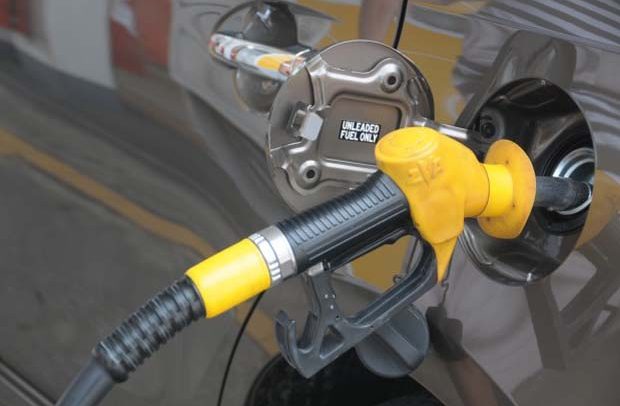The refinery, which resumed operations on January 2, 2018, experienced a forced shutdown on January 18, 2018.
The IES attributed the shutdown to non-compliance to procedures and practices, and alleges technical and operational lapses, factionalism, vindictiveness, mismanagement, absence of teamwork and lack of due diligence, which the energy think-tank said have consumed TOR, causing financial loss to the state.
Principal research analyst of IES, Richmond Rockson made these allegations in a statement, but Dr Kingsley Antwi-Boasiako, head of Public Affairs of TOR, described the accusations as pure falsehood which should be disregarded by the public.
“We can categorically say that there is no leadership crisis at TOR. We are working together as a team and we would be happy if people would stop peddling such falsehood about the refinery,” Dr Antwi-Boasiako stressed.
According to him, all the information put out by IES are inaccurate and incoherent.
But, Rockson said, two weeks after the start of the refinery, a leakage was detected in the stabiliser reboiler (heat-exchanger E-19), forcing the Crude Distillation Unit (CDU) to go a week without stabilisation.
“Normally, when crude oil is fed into the CDU, it should take about four hours to warm up, break circulation at 200°C and attain transfer temperature at 345°C for distillation to begin.
“And anything beyond four to five hours distorts the crude’s yield pattern. Strangely, it took about one week to stabilise the plant for optimum distillation, causing Liquefied Petroleum Gas (LPG) to mix with naphtha, leading to loss of 280,000 litres of LPG.
“Subsequently, the plant was forced to shut down due to excessive pressure rapturing the Residue Air Cooler (EA64), adding to the financial loss caused the country as a result of last year’s explosion,” Rockson explained.
IES asks questions
IES asked questions such as: Was a thorough post-turnaround test carried out before re-starting the refinery’s CDU? Was the pressure indicator of Residue Air Cooler working? Was log-sheet kept? And how well are the operations, monitoring and maintenance of the refinery being carried out?
Rockson stated that one would have thought that lessons were going to be drawn from the furnace (F61) explosion at TOR about 12 months ago. Unfortunately, he said, management of the refinery appears not to have learnt any lesson from the January 26, 2017 incident that destroyed property and nearly took lives of the refinery workers.
IES said recent happenings at TOR call for immediate action, and is, therefore, calling on the government to, as a matter of urgency, “address the leadership crisis at TOR.”
Ageing equipment and failure to undertake three consecutive turnaround maintenance since 2011 took a heavy toll on the operations.
With 45,000 barrels per day capacity, TOR should be able to refine over 16 million (16,425,000) barrels of crude oil annually.
3 Turnaround maintenance missed
By design, the refinery is expected to run continuously for a maximum of two years before it is shut down for a major maintenance of its equipment.
The last time a general shutdown turnaround maintenance was carried out was in 2009.
The general shutdown turnaround maintenance for 2011, 2013 and 2015 were not carried out because of lack of cash.
The sources said plans are far advanced to carry out general shutdown turnaround maintenance before the end of this year.
$67.7m Turnaround maintenance
In 2010, TOR requested for $67.7 million for plant stabilisation and enhancement projects.
In response, government in 2012 released $30 million, which was used to complete the first phase of plant stabilisation and enhancement projects on the crude distillation and residual fluid catalytic cracking units.
TOR has completed the first phase of plant stabilisation and enhancement projects on the crude distillation and residual fluid catalytic cracking units at a cost of $30 million.
A second phase of stabilisation and enhancement projects designed to ensure the reliability of operations at the refinery delayed.
By Elvis DARKO, Accra











 (Selorm) |
(Selorm) |  (Nana Kwesi)
(Nana Kwesi)